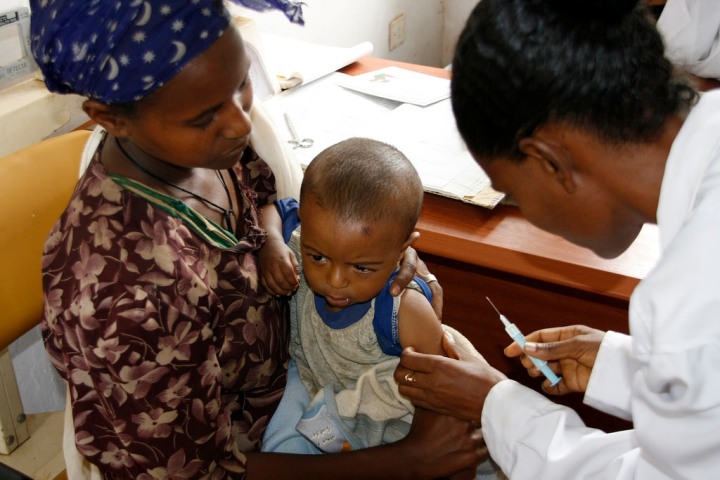The Ethiopian Public Health Institute (EPHI), with technical and financial backing from partners including the World Health Organization (WHO) and UNICEF, recently completed a large-scale measles outbreak response in four measles-affected regions: Amhara, Gambella, Oromia, and South Ethiopia. Over the course of a week, from July 28 to August 4, 2024, the campaign reached a remarkable total of 1,707,039 children, aged six months to ten years, across 44 high-risk woredas (districts) prioritized for their high outbreak rates.
This urgent campaign called a "reactive measles vaccination drive," aimed to contain the ongoing outbreaks and prevent further spread. Specific regions in Amhara faced logistical delays in vaccine delivery due to security concerns, necessitating air transportation arrangements to ensure the vaccination effort could proceed safely.
“Measles is one of the leading causes of morbidity and mortality among children, but it is preventable by vaccination. This vaccination campaign will help to improve population immunity and is crucial to stopping the ongoing measles outbreaks in many parts of the country,” emphasized Dr. Owen Kaluwa, WHO Representative in Ethiopia.
The campaign was made possible by the Measles and Rubella Initiative (M&RI), a partnership that includes WHO, UNICEF, the U.S. Centers for Disease Control and Prevention (CDC), the United Nations Foundation, and the American Red Cross. Through WHO and UNICEF, M&RI funded the campaign, ensuring vaccines, operational supplies, and logistical support were readily available.
The impact of the vaccination drive has been profound. According to epidemiological data, the number of measles cases in affected woredas plummeted from 200 weekly cases in early July to nearly zero by the campaign’s end. A Rapid Convenience Monitoring (RCM) survey found that 96% of children were vaccinated, underscoring the success of the campaign’s outreach.
Social mobilization efforts were essential to the campaign's effectiveness. Activities included local community conversations, deployment of audio-mounted vehicles, and distribution of banners and megaphones. These methods enabled the campaign to reach rural and remote areas, ensuring parents understood the importance of vaccinating their children against measles.
WHO provided essential technical expertise throughout the campaign, supporting microplanning, training, data management, and monitoring efforts at national and sub-national levels to guarantee high standards and comprehensive coverage.
In addition to targeting measles, the campaign also integrated routine immunizations for children under two years who had missed other scheduled vaccines, maximizing health benefits and strengthening community immunity against various preventable diseases.











